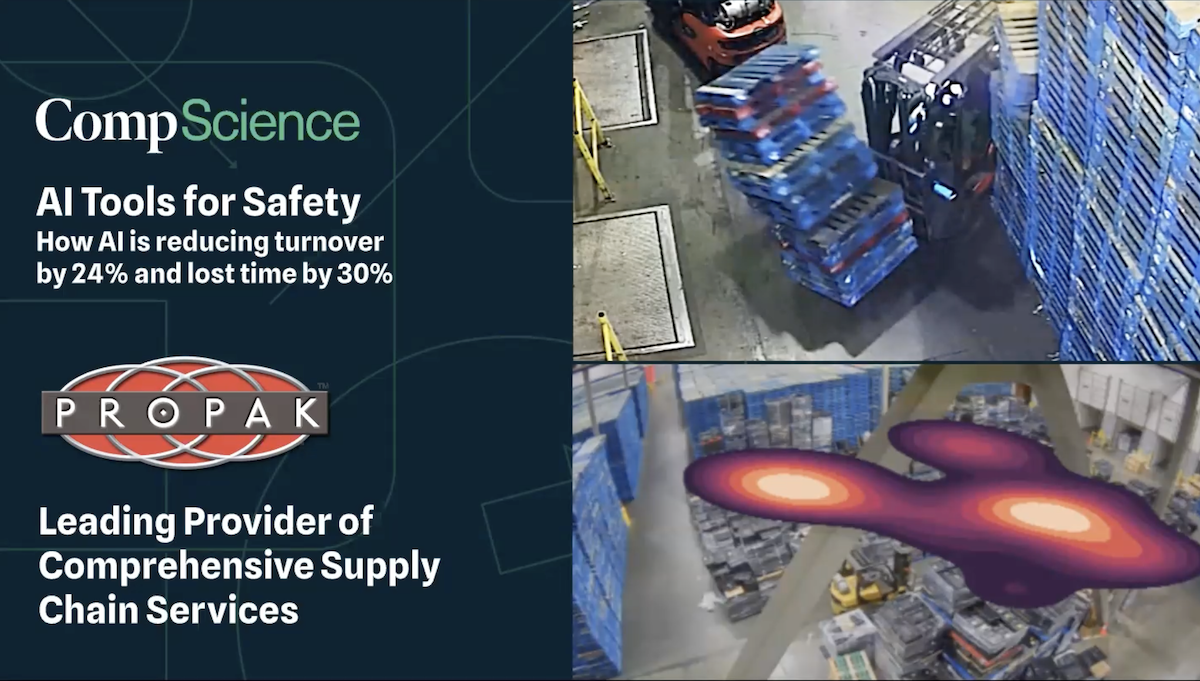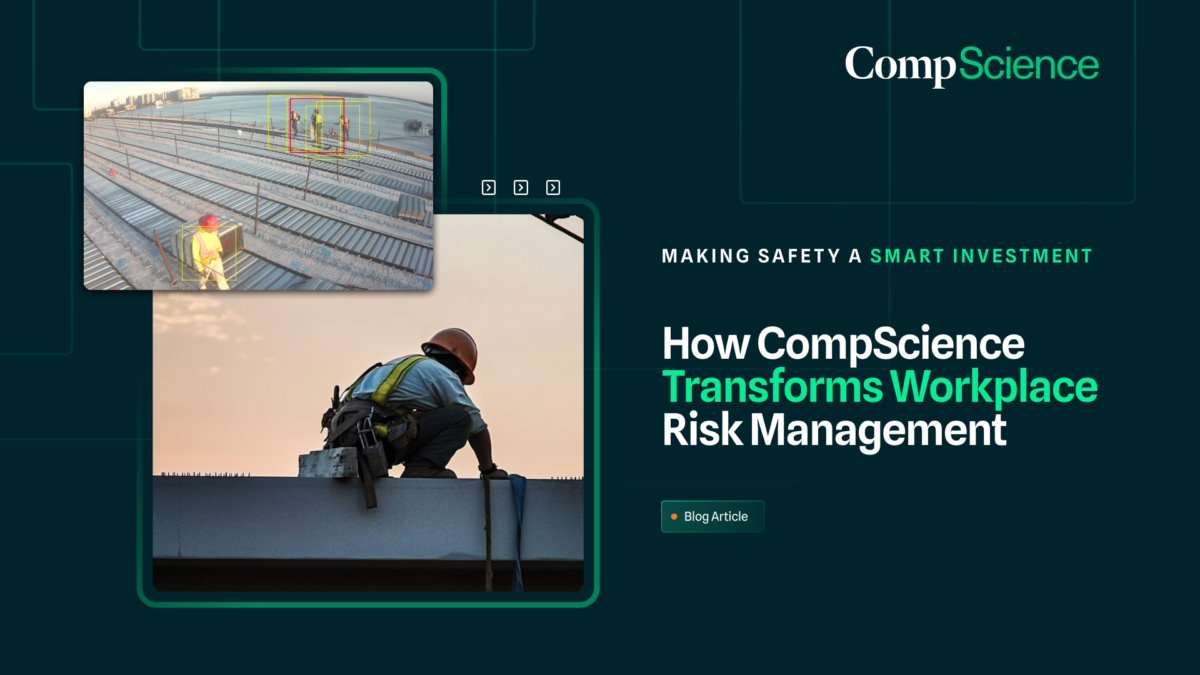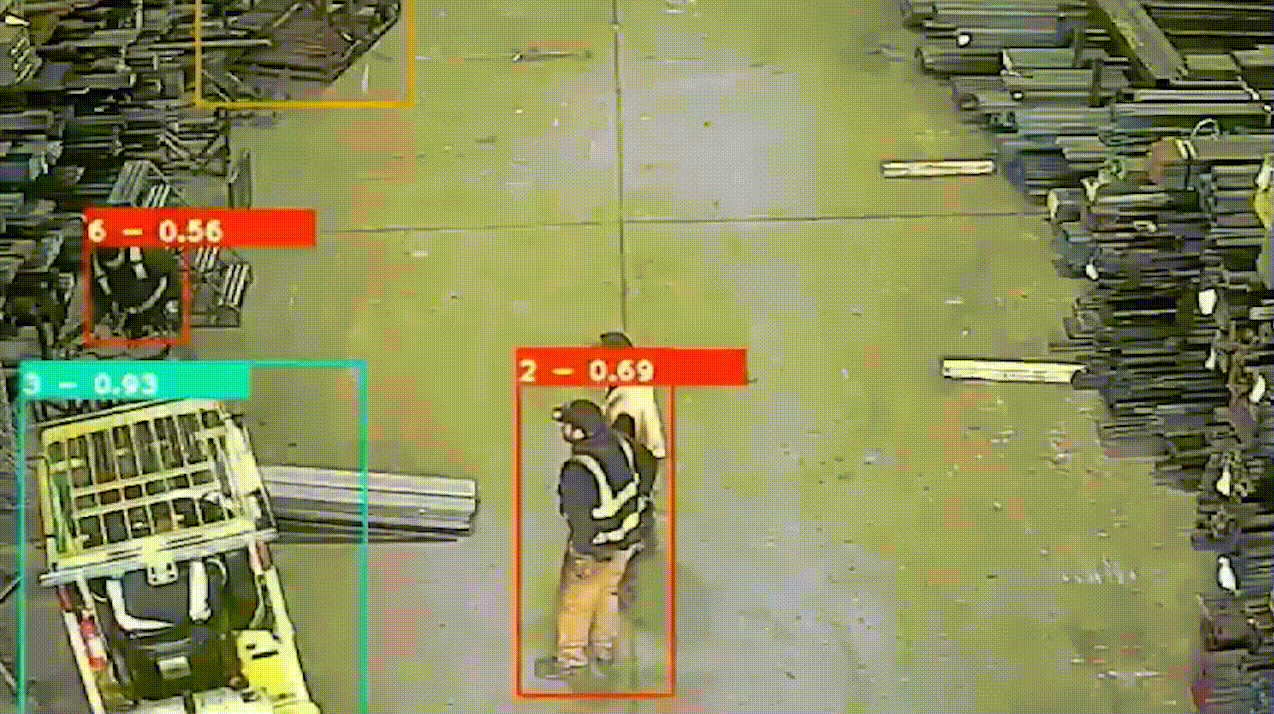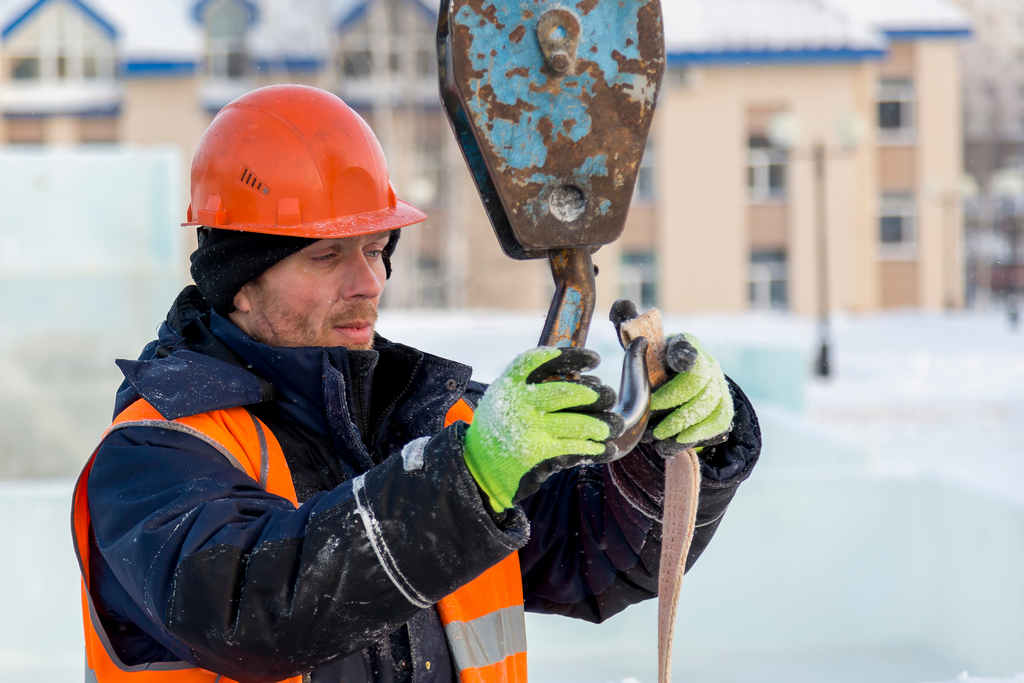AI, Computer Vision, Insight, Workplace Safety
Harnessing Computer Vision to Enhance Personal PPE Compliance
In the realm of workplace safety, Personal Protective Equipment (PPE) plays a pivotal role in safeguarding employees from various hazards. PPE encompasses a broad spectrum of gear designed to protect against specific risks, including helmets for head protection, safety glasses for eye safety, gloves for hand protection, and respirators for respiratory safety, among others. The effectiveness of PPE in preventing injuries and illnesses hinges not only on its proper selection and use but also on its maintenance and periodic inspection.
The Importance and Types of PPE
PPE serves as the last line of defense against occupational hazards that cannot be eliminated through engineering controls or administrative actions. Different types of PPE are mandated depending on the nature of the risk involved. For instance, in environments with flying particles or hazardous chemicals, safety glasses or face shields are indispensable. Similarly, construction sites require helmets to protect against falling objects, while gloves are essential in laboratories to prevent chemical burns and cuts.
When and Why to Use PPE
The use of PPE is crucial in environments where workers are exposed to hazards that could result in physical injury, illness, or both. It is employed when hazards cannot be fully removed through other means, offering critical protection that can mean the difference between a minor scare and a serious injury. The decision to use PPE is guided by a thorough hazard assessment of the workplace, identifying potential risks and determining the appropriate type of protection needed.
Proper Maintenance and Inspection of PPE
For PPE to function effectively, it must be well-maintained and regularly inspected for wear and tear. This involves cleaning, storing, and inspecting PPE according to the manufacturer’s instructions. Regular maintenance ensures that PPE retains its protective capabilities, while inspections help identify damages or wear that could compromise safety. The responsibility for PPE maintenance typically falls on both employers and employees, emphasizing the importance of a collaborative approach to workplace safety.
The Role of Computer Vision in PPE Compliance
Computer vision technology offers a revolutionary approach to monitoring and enforcing PPE compliance. By leveraging cameras and AI algorithms, computer vision systems can continuously observe work environments, automatically identifying whether workers are wearing the required PPE. These systems can detect various types of PPE, from hard hats and safety vests to goggles and earplugs, in real-time.
For example, in a manufacturing plant, computer vision can monitor workers to ensure they are wearing safety goggles and gloves when operating machinery. If the system detects a worker without the necessary PPE, it can immediately alert supervisors or the worker directly, prompting immediate corrective action. This proactive approach not only enhances compliance but also significantly reduces the risk of accidents and injuries.
Practical Examples and Demonstrations
Practical demonstrations of computer vision in action include its deployment in construction sites to ensure all workers on-site are wearing hard hats and high-visibility vests. Similarly, in laboratories, computer vision systems can ensure that personnel handle hazardous materials only while wearing appropriate gloves and protective eyewear. These examples highlight the technology’s potential to bolster safety protocols, making PPE compliance easier to monitor and enforce.
Conclusion
The integration of computer vision into PPE compliance strategies represents a significant advancement in workplace safety. By providing an automated, continuous monitoring system, computer vision technology ensures that PPE usage is not overlooked, thereby significantly reducing workplace injuries and fatalities. As this technology continues to evolve, its application across various industries promises to elevate the standard of safety, making workplaces safer for everyone involved.









